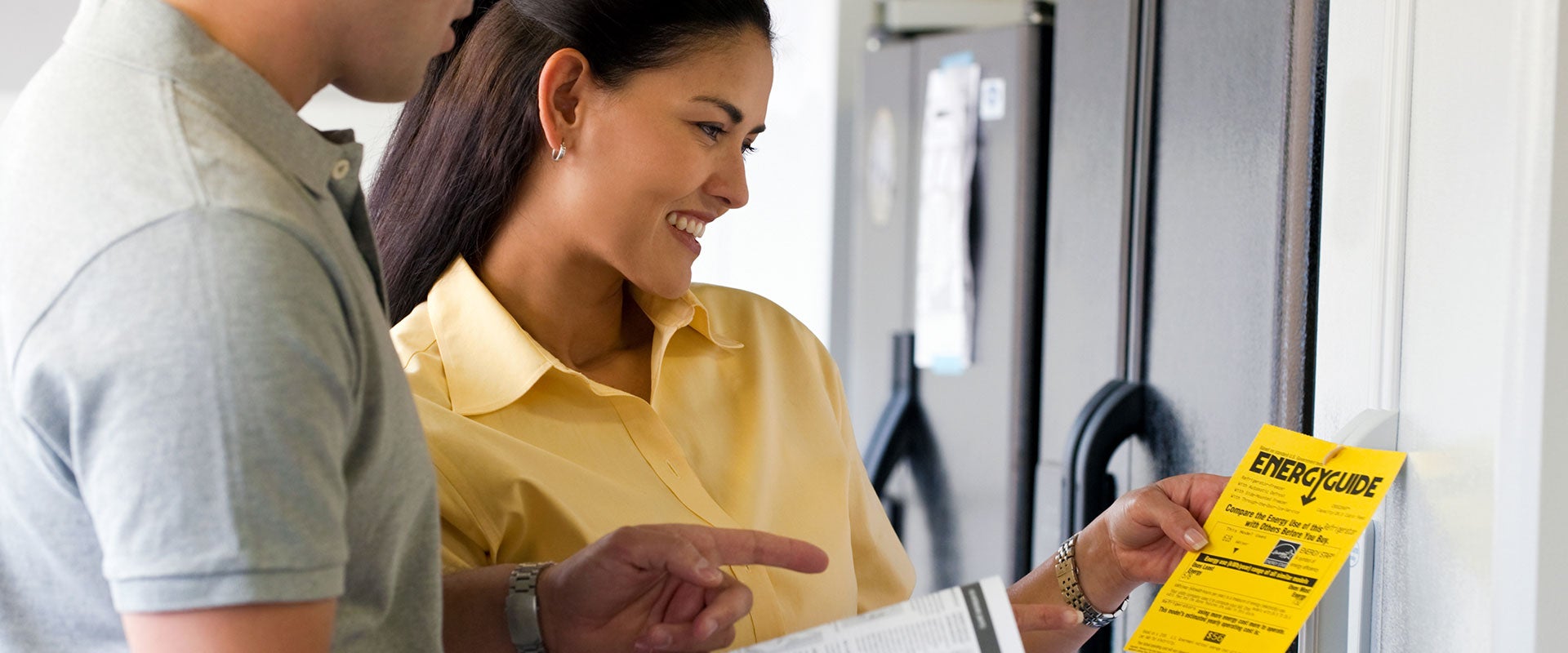
When it comes to buildings and their operations, sustainability is a priority for manufacturers, distributors and installers. A key reason is cost savings — in 2021, industry professionals found they had reduced operating costs by an average of 13.5% in the first year following a green1 retrofit or renovation project.2
But demand seems to be playing a part as well. The share of industry professionals who say that more than 60% of their projects are green is expected to rise from just over a third in 2021 to just under half in 2024.3 This trend is consistent with L.E.K. Consulting research showing that 91% of residential contractors are willing to pay a premium for products that are 10% more energy efficient.
That’s the perspective on sustainability from the business side of the equation. What about the consumer side? We recently polled U.S. consumers to see what they think. Here’s what we discovered.
Consumer attitudes toward sustainability
Energy efficiency is playing a bigger role in repairs and remodels. Whether they’re looking at lighting upgrades or shutter or awning installations, energy efficiency is among the criteria for many consumers’ home improvement choices. In fact, only 10% of U.S. consumers tell us they haven’t installed some kind of energy-efficient building products solution over the past five years (see Figure 1).
Consumers have multiple reasons for making these improvements. In many cases, cost savings is the No. 1 reason. But sustainability is also a significant motivation (see Figure 2).
Consumers can sometimes exaggerate their willingness to pay and commit to sustainable choices. Beyond that, the importance of sustainability varies by upgrade. It’s most important when replacing old lightbulbs with more energy-efficient ones and installing low-flow plumbing fixtures. Sustainability becomes less important when replacing something critical that has broken, like windows or heating systems.
But even in these situations, consumers cite sustainability as a factor. They’re telling the industry that they want sustainable options in their home improvement product choices.
Implications for manufacturers and distributors
So what conclusions can building and construction manufacturers and distributors draw about sustainability on the demand side?
-
Pick a winner. Consider taking a cue from the lighting category, from which LED technology — supported by government mandates — has emerged as the top energy-efficient contender.
-
Focus your messaging. Although consumers have a multitude of lighting technologies to choose from, LED helps drive sustainable adoption by providing a clear and recognizable message to consumers.
-
Highlight more than the money. Cost savings and payback are key goals for consumers, but so is sustainability. That means sustainability can be integrated into messaging and sales approaches as a key product benefit in its own right.
Nearly all U.S. consumers are taking steps to make their homes more energy efficient. Although cost savings is still the biggest motivation, many also aim to reduce the environmental impact of their living environment. By zeroing in on a single succinct, understandable message for a specific type of product, industry professionals can appeal to sustainability-minded consumers and accelerate adoption of energy-efficient solutions.
Endnotes
1 Green building projects at a minimum must include efficient use of energy, water and other resources; pollution and waste reduction measures, and the enabling of reuse and recycling; good indoor environmental air quality; and consideration of the environment in design, construction and operation; additional information is provided on page 8 of World Green Building Trends 2021 (Dodge Construction Network)
2, 3World Green Building Trends 2021
06282022160605




